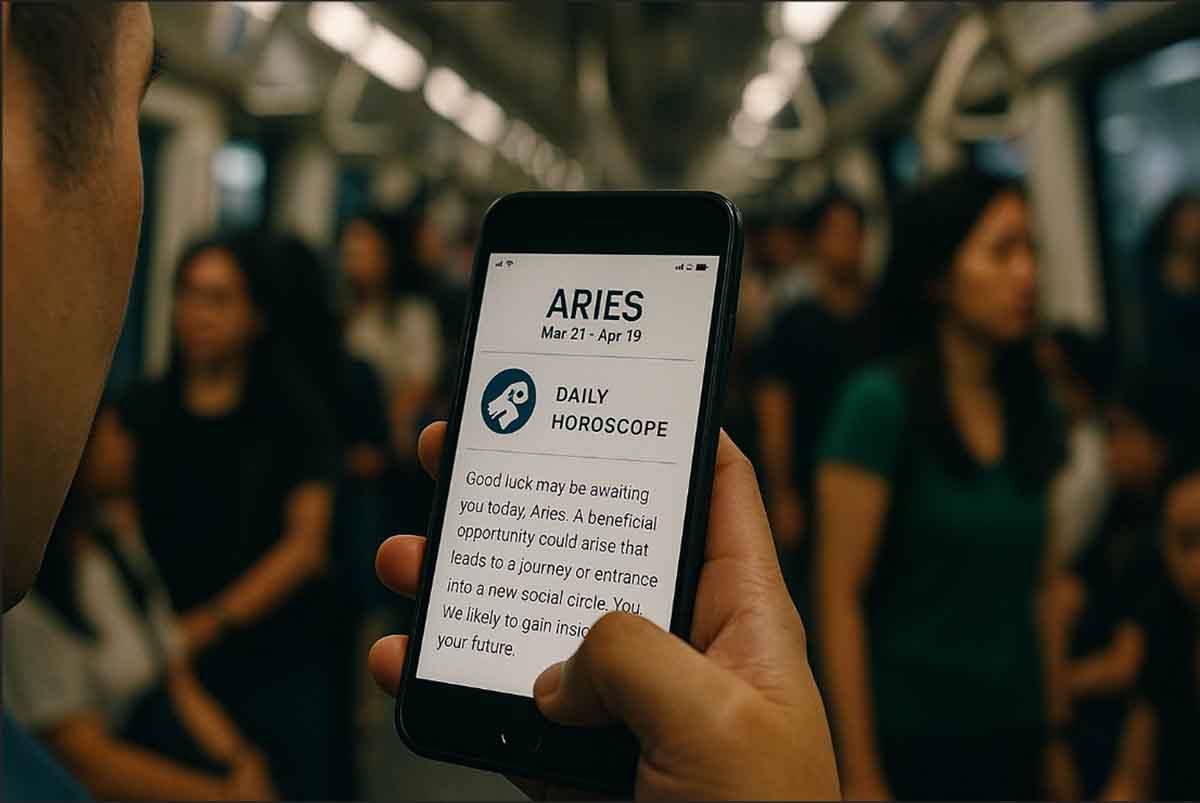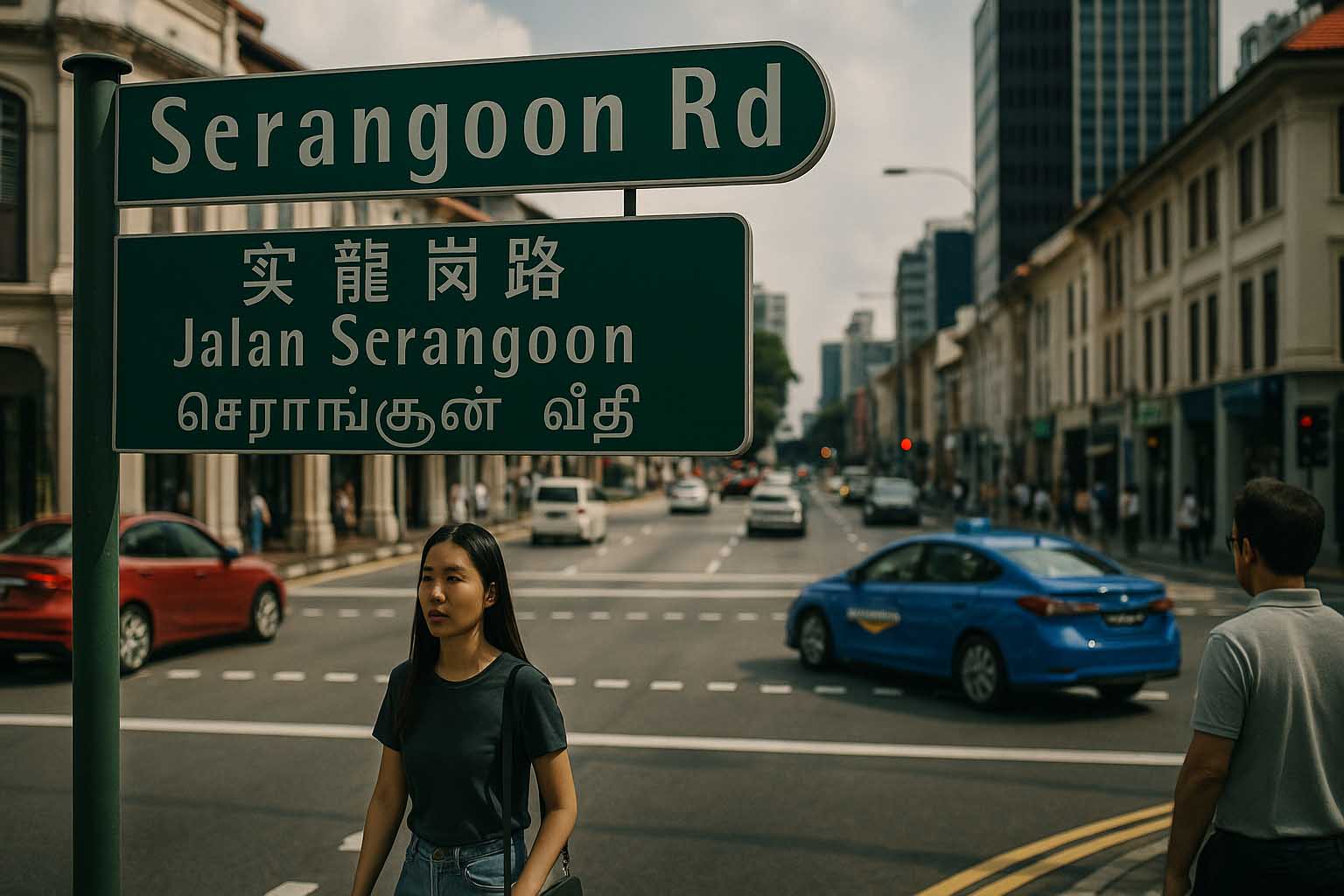Sparking Creative Thinking Through Local Word Play
How Language Becomes a Cultural Engine
Language holds immense influence in shaping culture. When native words are used creatively from Singlish in Singapore to clever blends in Japan, they open up fresh and lively ways to tell stories, build brands, or craft social media posts. In today’s fast-paced content environment, this kind of playful expression helps messages stand out, linger in memory, and encourage deeper interaction.
One quick way to get started is using a Live word generator to spark unexpected phrases or pairings. These tools are great for warming up your mind before content creation sessions or creative brainstorms
• What word play means in a global context
• How Singaporeans turn Singlish into inspiration
• Practical ways to use word play in posts, campaigns, or writing
• Global case studies of success driven by language creativity
• Building a community that loves expressive language
Understanding the Power Behind Playful Language
Language never runs out of energy because it constantly evolves. When we manipulate words through double meanings, rhymes, or clever transliterations, we gain access to new perspectives. Across the globe, media outlets, brands, and creators use these techniques to craft personality and connect with audiences more warmly.
In Singapore, Singlish thrives through a blend of Malay, Hokkien, Tamil, and English. Each “lah” or “leh” isn’t just filler; it signifies belonging. When a phrase is delivered with a touch of humor, it feels like a subtle wink pulling the reader into a shared inside joke.
The United Kingdom’s “Keep Calm and Carry On” is a classic example that has sparked countless parodies and memes. In Japan, playful “Engrish” mashups turn packaging into entertainment. Likewise, Singapore has its chance to shine with witty Singlish-style blends or artful combinations of Hokkien and English that catch attention and charm audiences.
Singlish as a Source of Creative Energy
Instant Connection
Say “shiok” or “can lah” to any Singaporean, and an image of comfort, honesty, and familiarity comes to mind. These expressions act as instant shout-outs to local culture while amusing global audiences discovering these terms for the first time.
Cultural Roots in Every Word
Every term has a backstory. For instance, “kiasu” (fear of missing out) reflects everyday life in the city. When reshaped with a positive twist, it becomes a motivational phrase: “There’s no ‘kiasu’ in creativity, just keep trying until it works.”
Global Crossovers
When Singlish phrases meet global meme language, they turn into cultural bridges. Imagine an Instagram Reel blending “lah” with French “la” or Spanish “la vida” is a humorous fusion that sparks curiosity and encourages sharing.
Applying Word Play to Content Creation
Here’s a section with bullet points as per your guideline:
- Hashtag Layering – Combine local flair with global trends, like ShiokSunday or #KopiOClock
- Rhyming Slogans – Add rhythm: “Sip, Snap, Shiok!” works perfectly for coffee or beverage campaigns
- Phonetic Twist – Translate sound, not just meaning; “Cheem-istry” adds charm to complex chemistry topics
- Code-Switching Captions – Open with English, finish with Singlish punch: “That idea? Confirm plus chop!”
Success Stories from Around the World
New Zealand: Clever Phrases for Eco-Tourism
A local tour company launched the phrase “Sweet As Trails” (read as “sweet-az”) on social media. The creative twist became a viral hit, brought in thousands of bookings, and raised awareness around responsible hiking.
Germany: Word Mash in Berlin’s Tech Scene
In Berlin, a co-working space ran a campaign titled “Werk-From-Home,” blending the German word “Werk” (work) with a pop culture meme. The mix of language and trend boosted international interest almost overnight.
Brazil: Fashion with Local Slang
In São Paulo, a streetwear brand printed “Fica Sussa” (stay chill) on its hoodie line. The use of local slang gave the release a casual, relatable vibe leading to wide reach across the United States and Europe.
These examples show how creative language adds surprise and originality, enough to stop a TikTok scroller mid-swipe and make them think, “What does that even mean?”
Nurturing a Community That Loves Language
Creative expression thrives best when shared. Around Marina Bay, co-writing studios and galleries host “pun fun” workshops. A warm-up game like “Make a pun using ‘chope’” often turns into a clever poster or spoken word performance.
Meanwhile, local podcasts dive deep into the subtle art of Singlish, linking it to larger discussions about global linguistics. This proves that dialects don’t block access to global platforms, but they open new paths into them.
Tools and Techniques for Word Play Development
Multilingual Thesaurus
For creators working with English, Mandarin, and Malay, platforms like Lexico and Wordnik help find perfect matches. Brainstorming becomes quicker when you see sound, meaning, and cultural tone side-by-side.
Corpus Study Tools
Google Ngram Viewer is free and simple. It lets you trace the rise of certain words through time. Knowing when a phrase peaked helps you reuse or refresh it more effectively.
Polling the Audience
Post a quick poll on Instagram Stories: “Which works better, ‘Shiok-tastic’ or ‘Shiokalicious’?” Beyond feedback, you also build real-time engagement, a plus for SEO through social interaction.
The Read-Aloud Method
Before you post that clever pun, read it aloud. If it flows naturally and doesn’t feel forced, it’s more likely to succeed in a video script or podcast setting.
Language as Culture in Motion
As the internet pulls people closer together, preserving local color grows more vital. Think of word play as cooking: the word is the base, while context adds the flavor. In Seoul, comedy dramas thrive on p’uns (pun-heavy scenes). In Stockholm, poetic compound words are common. Every country has its own hidden menu of expressive forms.
In Singapore, it’s not just about translation. It’s about keeping language alive, grounded in everyday experience. When you use “bo jio” as a call-to-action (“Don’t leave your friends out, share this!”), you tap into a shared identity shaped by MRT rides and hawker centre chats.
SEO Tactics That Sound Natural
Keyword Balance
Place your primary term such as “local word play” or “Singlish creativity” within the first 100 words. This helps search engines understand the article’s core focus early on.
Alt Text with a Twist
If you upload an image of kaya toast, consider this alt text: “kaya-da-best pun on breakfast delight.” It combines SEO and humor without sounding robotic.
Meta Description
Keep it within 140–160 characters:
“Spark ideas with Singlish puns and global word play to create exciting, engaging content.”
Internal Linking
Link the article to a previous post about food culture or local phrases. This encourages readers to stay longer and improves site performance.
A Language That Brings Us Together
Every time we play with words, we invite laughter, memories, and connection. Blending Singlish with a global twist isn’t just fun, it’s a reminder that language is alive and ready to meet people where they are. If you’re willing to give it a try, you’ll find a vibrant community waiting and ready to nod at every “lah,” smile at every “meh,” and wink at every perfectly-timed punchline.











Leave a Reply